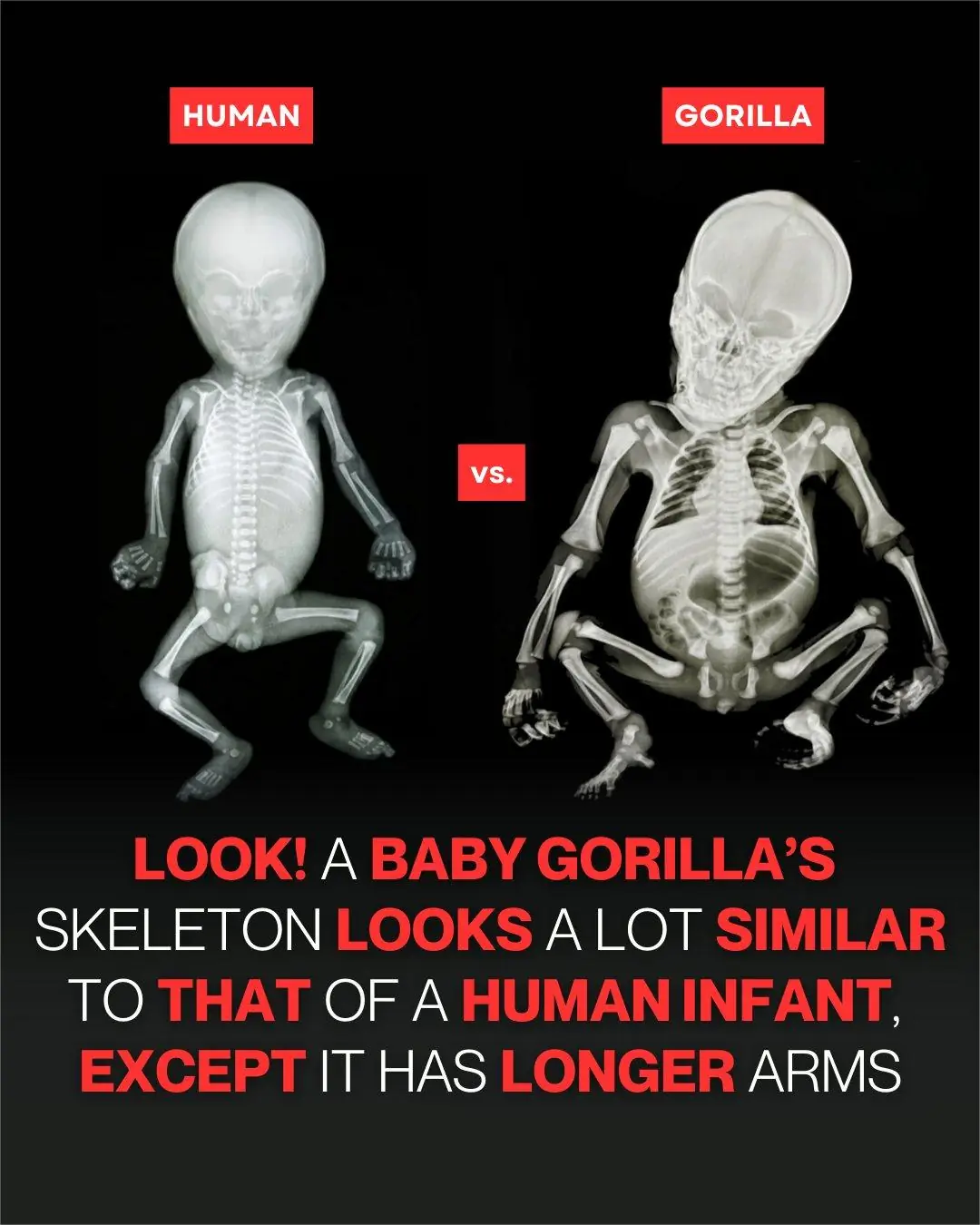Romantic relationships are full of ups and downs, but one timeless truth remains: love thrives on simple moments and deep emotional bonds. While many people chase passion in grand gestures or extraordinary experiences, they often forget that the true spark lies in the small, everyday details. This article explores how to nurture love in daily life and offers practical ways to strengthen your relationship.

The Power of Small Gestures
Love doesn’t always require grand declarations or expensive surprises. Simple acts—like a good morning text, a cup of coffee made with care, or a handwritten note—can speak volumes about your affection. These gestures, though seemingly small, build emotional intimacy and show your partner that you truly value them.
A recent study found that couples who regularly express gratitude and appreciation are more likely to enjoy long-lasting happiness. These small acts not only make your partner feel special but also deepen your mutual connection.
Here are a few ideas to help you weave these gestures into your everyday routine and keep love alive.
Create Romantic Moments at Home
Your home can be the perfect stage for romance—you don’t need fancy restaurants or expensive trips to create special memories. Try these simple ideas:
-
Candlelit Dinner: Cook your partner’s favorite meal or try a new recipe together. Sharing food made with love fosters closeness and joy.
-
Movie Nights: Pick your favorite films, cuddle on the couch with popcorn, and escape into a story together.
-
Shared Playlists: Build a playlist of songs that represent your relationship. Music can rekindle memories and create a warm, nostalgic atmosphere.
The Importance of Open Communication
Strong relationships are built on honest communication. Talking openly about your feelings, needs, and concerns helps prevent misunderstandings and frustration. Both partners should feel heard and understood.
Set aside time each week to check in with each other—share what’s on your mind, discuss how you both feel, and work together to solve any issues. This practice strengthens your emotional connection and builds long-term trust.
Rekindle Passion in Your Relationship
Over time, the initial spark in a relationship can fade, but rekindling it is absolutely possible. Try these tips:
-
Plan Surprise Getaways: A short trip—even nearby—can be a refreshing change that helps you reconnect.
-
Rediscover Shared Interests: Doing activities you both enjoy can create new memories and revive your bond.
-
Break the Routine: Add variety to your daily life. Small changes—like trying a new hobby or cooking breakfast together—can bring excitement and joy.
Practice Empathy and Understanding
Empathy is the foundation of a healthy relationship. When you understand your partner’s emotions and needs, you create a safe space for both of you to be vulnerable and authentic.
A simple but powerful tool is to use “I” statements instead of “you” statements. For example, say “I feel unheard when you don’t pay attention,” instead of “You never listen to me.” This approach keeps the conversation constructive rather than confrontational.
Completing the Circle of Love
In the end, love is not a destination—it’s an ongoing journey that requires care, patience, and intention. By embracing the little things and maintaining open communication, you can cultivate a bond that grows stronger with time.
Remember: happiness often lives in life’s simplest moments. Dedicate time and effort to each small act of love—because it’s these everyday gestures that build a lifetime of affection and fulfillment.
Everything begins at home—with the two of you.
Blue Whales Are Falling Silent: A Warning From the Ocean
California Coast, USA — Blue whales, the largest animals on Earth and known for their haunting songs that travel across oceans, are going quiet. Over the past six years, researchers monitoring the California Current have recorded a dramatic 40 percent decline in whale vocalizations. The change is raising alarms about food shortages and the growing pressure on marine ecosystems.
Songs That Fade With Scarcity
Whales sing for many reasons: to communicate, to attract mates, and to mark their presence in vast waters. Singing takes energy, and when food is scarce, it is one of the first activities to diminish. During recent marine heatwaves, often referred to as “The Blob,” ocean waters warmed to unusual levels. These temperature spikes disrupted populations of krill — the tiny shrimp-like creatures that blue whales depend on for survival.
As krill became harder to find, whales spent more time searching for food and less time singing. Hydrophones placed along the coast captured the decline: fewer calls, shorter phrases, and quieter seas.
What the Silence Signals
A 40 percent drop in whale songs does not mean whale numbers have collapsed, but it does reveal stress. Blue whales are highly specialized feeders, relying almost exclusively on krill. When those swarms thin out, the consequences ripple quickly through their behavior. Other whale species with more varied diets showed smaller changes, underscoring how tightly blue whales are tied to krill availability.
Scientists view the decline in song as a biological alarm bell. In the ocean, silence can speak volumes about environmental strain.
Beyond the Whales
The loss of whale voices is about more than one species. Whales are considered sentinel animals, indicators of the overall health of the seas. Their struggles point to broader ecosystem disruptions: marine heatwaves, shifting currents, and climate-driven changes that affect everything from plankton to predators.
If whales are singing less because they are starving, it is a sign that food chains in one of the planet’s most productive ocean systems are under severe stress.
A Call for Action
Researchers stress the importance of long-term acoustic monitoring to track changes across years and regions. Protecting whale habitats, reducing carbon emissions, and safeguarding krill populations are among the most urgent steps needed.
The sudden quiet in the Pacific is not the end of the story, but it is a sobering message. For centuries, whale songs have echoed across oceans as symbols of life and continuity. Their decline is a reminder that even the giants of the sea cannot sing forever if the ecosystems they depend on begin to unravel.
If when you make love, your partner DOESN’T KISS YOU it’s because… See more
If your girlfriend turns away when you try to kiss her, it can be confusing and even hurtful. You may wonder if you’re doing something wrong, if you’re a bad kisser, or if there’s a deeper issue in your relationship. While it can feel unsettling, there are many possible explanations—most of which can be addressed with care, communication, and patience.
Below are ten common reasons why she may avoid kissing and what you can do about it.
1. Your Breath Isn’t Fresh

Fresh breath plays a big role in attraction. If she notices unpleasant odors from your last meal, it may turn her off.
Fix it: Brush your teeth regularly, chew gum, or pop a mint before going in for a kiss. A little effort with oral hygiene can make a big difference.
2. One of You Has Chapped Lips

Dry, cracked lips make kissing uncomfortable.
Fix it: Stay hydrated and use lip balm. If she struggles with chapped lips, consider gifting her a lip care set so she doesn’t feel self-conscious. You could even casually offer your lip balm and make it a playful moment.
3. She Doesn’t Like Your Kissing Technique

Sometimes it’s about style—too much tongue, too much pressure, or even painful bites can turn kissing into something unpleasant.
Fix it: Relax, keep the tongue minimal at first, and follow her lead. Don’t be afraid to ask, “How do you like to be kissed?”
4. You Recently Argued or She Feels Disconnected

Emotional distance can show up physically. If she avoids kissing, it may be her way of expressing dissatisfaction or hurt.
Fix it: Reflect on the state of your relationship. Start an open, non-blaming conversation about what’s missing and how you can both feel more connected.
5. She’s Stressed, Busy, or Upset

When her mind is overloaded, kissing may not be a priority. This doesn’t necessarily mean there’s something wrong between you.
Fix it: Be emotionally supportive. Listen to her frustrations, validate her feelings, and show empathy. Strengthening emotional intimacy can naturally rekindle physical closeness.
6. She’s Anxious or Out of Practice
If you haven’t kissed in a while, she may feel self-conscious. For someone experiencing their first kiss, nervousness is natural.
Fix it: Be patient and reassuring. A genuine compliment like, “You’re a really good kisser,” can ease her anxiety and boost her confidence.
7. She Prefers a Casual Relationship Without Emotional Intimacy
For some, kissing feels more emotionally intimate than sex. She may avoid it if she sees your relationship as casual or “friends with benefits.”
Fix it: Talk openly about how she defines the relationship. Share how her actions make you feel and clarify both of your expectations moving forward.
8. She Thinks Kissing Implies Sex
She may worry that kissing will automatically lead to sex, especially if her sexual desire doesn’t match yours.
Fix it: Communicate clearly. Ask for consent before kissing, and reassure her that kissing doesn’t have to mean sex if she doesn’t want it.
9. She’s Uncomfortable with Public Displays of Affection

If she pulls away in public, it might be about the setting, not you.
Fix it: Ask how she feels about PDA. Respect her boundaries and save the kisses for private moments if that makes her more comfortable.
10. She’s Simply Not a Fan of Kissing
Some people don’t enjoy kissing at all. This preference may be about personal comfort rather than anything you’re doing wrong.
Fix it: Ask what other types of affection she enjoys—like hugging or hand-holding. However, if kissing is very important to you, it’s worth considering whether this difference is a deal breaker.
Final Thoughts
Avoiding kisses doesn’t always signal rejection or trouble in your relationship. Often, it comes down to practical issues like fresh breath, stress, or mismatched expectations. The most important step is communication: gently bring up what you’ve noticed, listen without judgment, and express your needs honestly.
A healthy relationship balances both partners’ comfort levels, so working together to understand each other’s preferences can strengthen not just your kisses—but your connection as a whole.
Baby Gorilla Skeletons Show Striking Similarities to Human Infants, Scientists Explain
At first glance, the X-ray images of a baby gorilla and a human infant could almost be mistaken for one another. Both have rounded skulls, small rib cages, and tiny, curling fingers. But look closer and you’ll spot the feature that sets the two apart: the gorilla’s noticeably longer arms.
Close Genetic Ties Reflected in Bone Structure
Scientists say the similarity is no surprise. Humans and gorillas share about 98% of their DNA, and both belong to the great ape family. According to primatologists, these shared genetics show up clearly in early skeletal development.
“Newborn gorillas and humans are more alike than different,” said anatomist Dr. Susan Larson of Stony Brook University. “The main distinctions emerge as gorillas adapt to life in the trees and on the ground, while humans adapt for upright walking.”
Key Differences Start Early
Even at birth, baby gorillas display arms longer than their legs — an evolutionary adaptation for climbing and knuckle-walking. Their skulls also show subtle forward growth of the face and jaw, a feature that becomes more pronounced as they mature. Human infants, by contrast, have rounder heads and shorter arms relative to their legs, preparing for eventual upright posture.
Why the Comparison Matters
Experts say understanding these skeletal parallels is important for both evolutionary biology and veterinary medicine. Comparing bone development helps scientists track how humans and great apes diverged from a common ancestor millions of years ago. It’s also valuable in zoos and sanctuaries, where veterinarians use human pediatric knowledge to inform the care of baby apes.
“Seeing the likeness helps people realize how close we really are to other primates,” said Dr. Larson. “It’s a reminder of our shared evolutionary history.”
A Visual Lesson in Evolution
Images like the one circulating online — showing X-rays of a baby gorilla beside a human baby — have gone viral, sparking curiosity and conversation. While the comparison is simplified, the science behind it is solid: baby gorilla skeletons are strikingly similar to those of human infants, with proportionally longer arms being the key visible difference.







